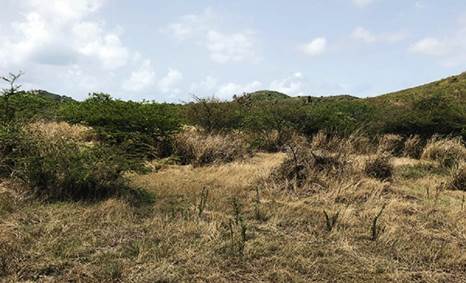Free Courses Sale ends Soon, Get It Now


Free Courses Sale ends Soon, Get It Now



Copyright infringement not intended
Context: Just 10 of 46 Least Developed Countries (LDC) mentioned ‘loss and damage’ (L&D) in their Nationally Determined Contributions (NDC), according to a study released by the International Institute for Environment and Development (IIED), an independent policy research institute.
Details:
The Paris Agreement and NDCs:
Indian context:
New targets:
© 2024 iasgyan. All right reserved